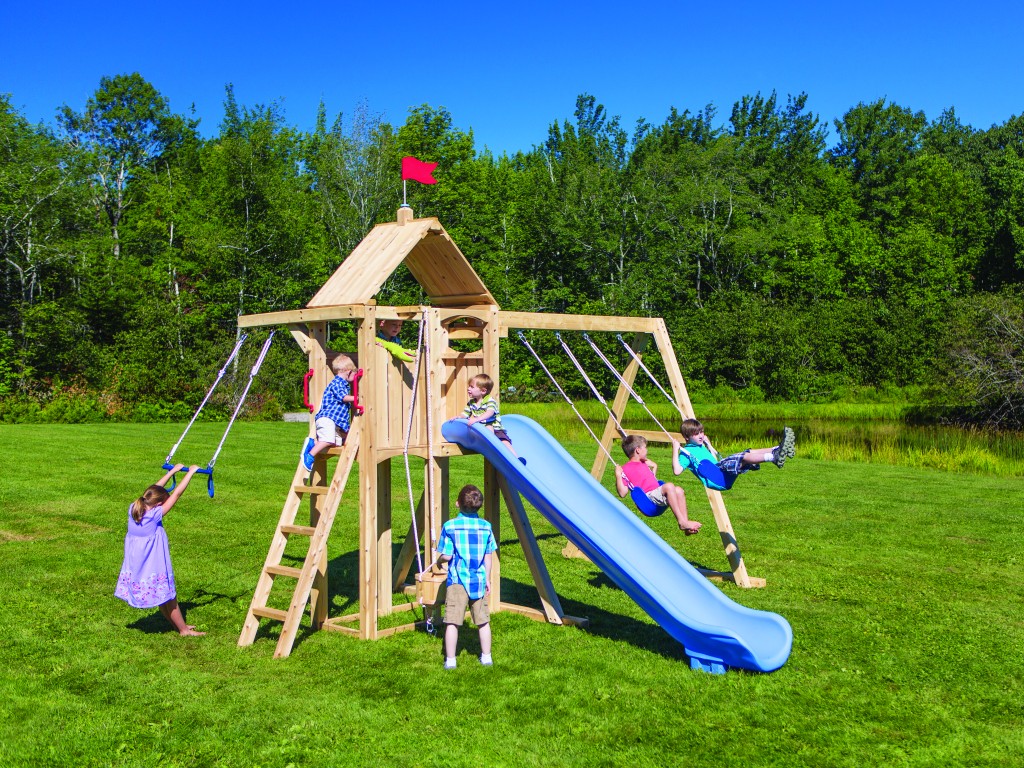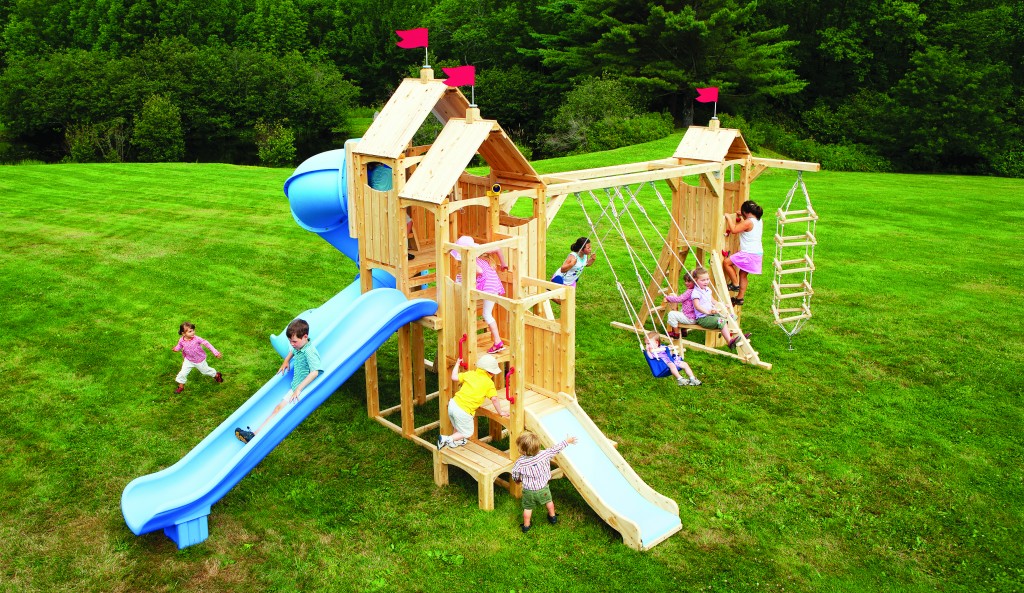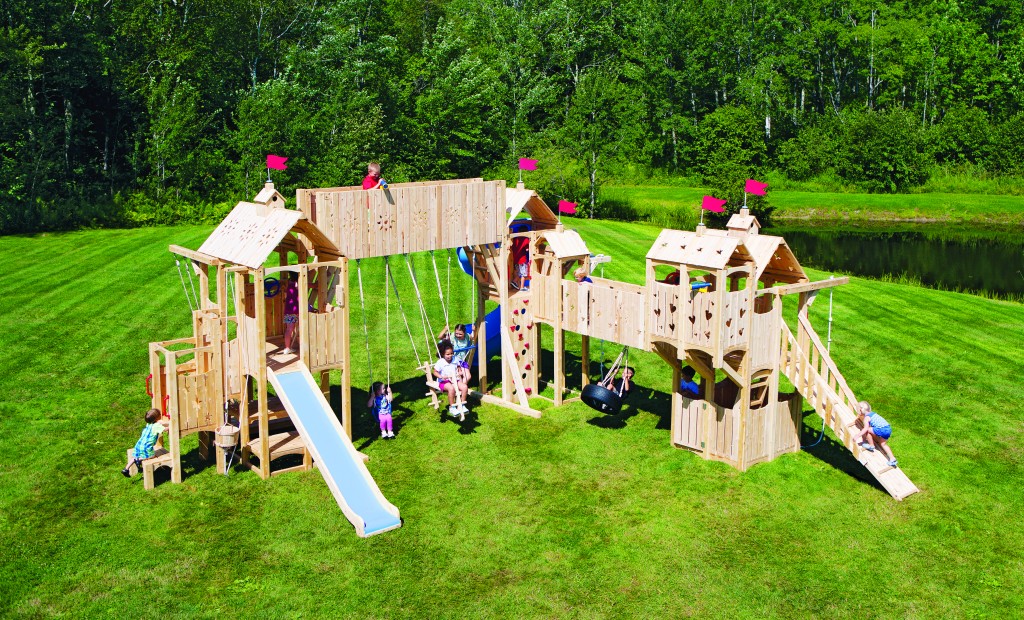Who’s the king of the castle?
How to build outdoor playsets fit for royalty—on any budget
Advertisement
How to build outdoor playsets fit for royalty—on any budget



Share this article Share on Facebook Share on Twitter Share on Linkedin Share on Reddit Share on Email